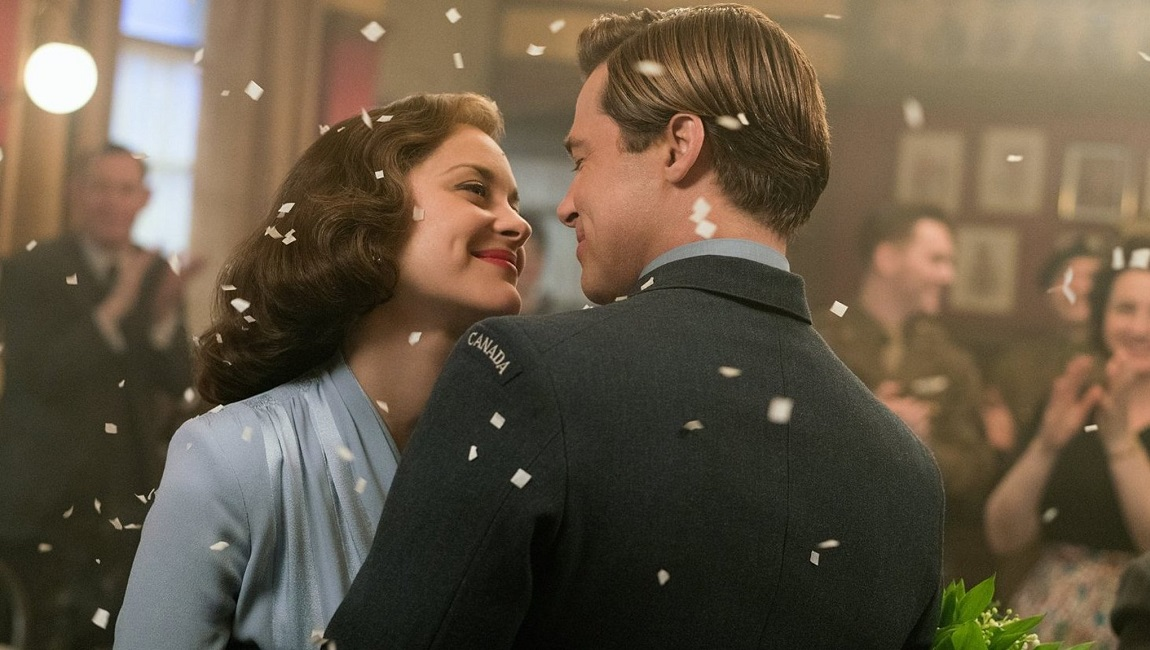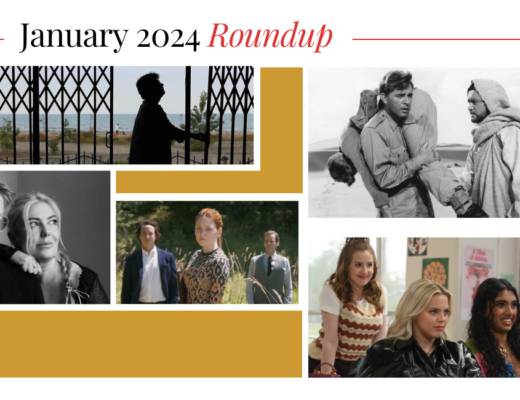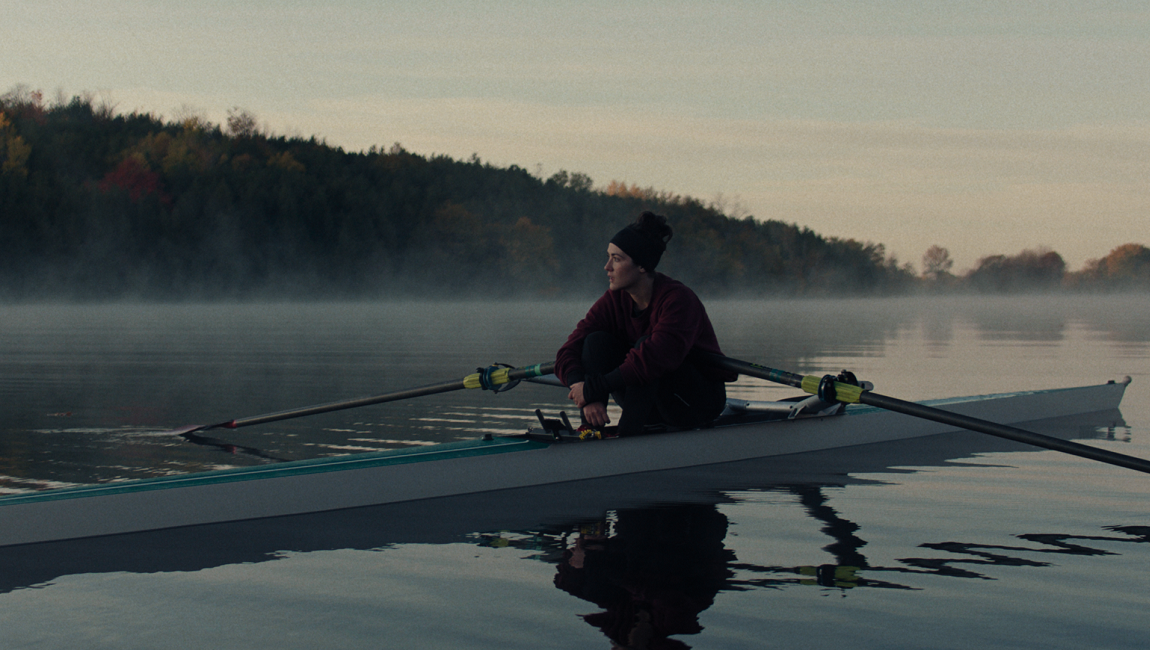Despite his reputation as a mainstream hit-maker, Zemeckis has always had a wildly idiosyncratic relationship to both genre and film history. Not as obsessed with old serials as Lucas and Spielberg, or with Visconti a la Coppola, Zemeckis grew up with television and Disney cartoons. His sharp sense of humor and occasional cynicism (aided and abetted by longtime friend and collaborator Bob Gale) have commingled with westerns, slapstick, and spectacle in fascinating ways over his long career. Following his return to live action filmmaking with Flight, Zemeckis produced The Walk and Allied in relatively quick succession. It’s an odd series of films, no doubt — a serious addiction drama, a playful heist-style thriller, and finally a re-imagining of classical Hollywood melodrama and war movie tropes. Of course, Zemeckis is an artist, and can’t help but invest his peculiar energy and personality into these otherwise disparate projects. Flight is a film about grappling with aging and confronting your demons; The Walk a celebration of reckless abandon (and a metaphor for filmmaking, to boot), while Allied moves beyond its basic premise — spy games with a dash of Casablanca — to become a moving treatise on marriage itself.
Allied begins with a virtuoso opening shot, a man parachuting into the dessert as the camera twirls and pirouettes around him in mid-air. He lands in the middle of nowhere, surrounded by flat, barren dunes before a lone automobile appears on the horizon. This is our introduction to Commander Max Vatan (Brad Pitt), a no-nonsense Canadian Air Force pilot chosen for a special ops mission due to his fluency in French. Vatan gets in the car, investigates his luggage, and reveals a hidden compartment with two machine guns inside. He has been tasked with teaming up with a French Resistance fighter, Marianne Beauséjour (Marion Cotillard) hiding out in Morocco. Their mission: infiltrate a Nazi party gathering and assassinate the German Ambassador to the region. The pair are posing as a married couple, and so must spend some time practicing intimacy. She schools him on his accent, explaining that while his French is good, he would never be mistaken for a Parisian. The two grow closer, struggling to brush aside their increasingly intense flirtations in the name of professional. But fall in love they do, consummating their affair in the midst of a raging sandstorm before completing their mission in particularly bloody fashion. The film then switches gears to find the couple in London; in quick succession they are married, then have a baby (a show-stopping sequence that finds Marianne giving birth during an air raid). Vatan is on the verge of being promoted when his superiors give him an unfathomable bit of news — Marianne is suspected of being a German spy, and is passing information she gleans from Vatan’s work onto Nazi intelligence.
It’s all fairly engrossing stuff, tightly plotted by screenwriter Steven Knight, as we follow Vatan’s desperate attempts to prove his commanding officers wrong and clear his wife’s name while also suspecting that the entire thing might be a sort of perverse test. Working with frequent cinematographer Don Burgess (who shot Forrest Gump, Cast Away, & Flight, among several others), Zemeckis has designed the film from the ground up to emphasize double images, claustrophobic interiors, and disruptive architecture. Vatan and Marianne are constantly separated within the frame, the image fractured in various ways as the two tentatively size each other up. Mirrors become a key recurring motif, the pair catching glimpses of each other in reflective surfaces. One magnificent shot finds Vatan and Marianne meeting in a crowded club, looking for contacts that will get them invited to the ambassador’s event. Rather than use a sweeping crane movement as an establishing shot, Zemeckis frames the moment in a mirror before craning back to take in the “real” scene. Everything is doubled, a parallel visual schema that articulates Marianne’s supposed status as a double agent.
At heart, Zemeckis is a bit of a sentimentalist. Never one to back down from grand, outsized emotion (or the occasional heavy-handed metaphor), Allied garnered criticism in particular for its torrid love scene set during a CGI-animated sandstorm. But the scene works particularly because of its staging; after a first act marked by a very specific kind of mis-en-scene, Zemeckis films this moment in a feverish, swirling 360-degree pan. There’s nothing else in the movie quite like it, and that uniqueness is what suggests that the emotions in the moment are true. There’s no suspense, just the camera mimicking the ecstasy of the characters. The tragedy that ends Allied ultimately only works if you believe the relationship was real, and Zemeckis attaches what some have called a treacly coda to make clear that Vatan believes it was indeed authentic. He has chosen which of the parallel narratives to embrace. Like a long-married couple dealing with any kind of infidelity, Vatan forgives and fixes a specific image of Marianne to memorialize. If Zemeckis is in fact a “nostalgist and a technocrat” as dubbed by critic Adam Nayman, he’s also got a big beating heart behind it all.
Part of Robert Zemeckis: Movie Magician







